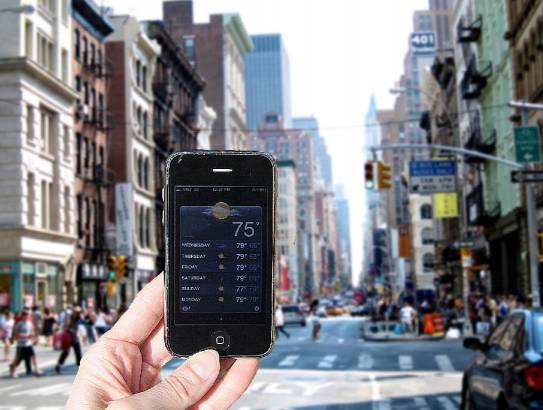Monovision
Monovision is the term used when one eye is corrected for distance vision, and the other for near vision. In most cases, the dominant eye (the eye you preferentially look with) is corrected for distance. Less commonly, some patients will prefer their dominant eye for near, and a small percentage of patients are co-dominant (have no preference). Monovision gives you good uncorrected distance and near vision, but you may still have difficulty in the intermediate range. There is another consideration with monovision. In order to have depth perception, you must use both your eyes together. So, if your eyes are not corrected to work together, you will sacrifice some or all of your depth perception. It is recommended that all patients who use monovision have a pair of glasses that fully correct them for driving and other activities where maximum visual acuity is of particular importance. This will also allow monovision users to utilize and maintain their depth perception. If you go too long without using your depth perception at all, you can lose it permanently.
It is important to have a monovision contact lens trial prior to undergoing this surgical procedure. Some patients are very happy with monovision, while others do not tolerate it well. It is almost impossible to predict who will favor monovision and who will not. It can be difficult to perform an accurate contact lens trial to simulate monovision if your cataract is too dense, because the vision is not clear enough to adequately perceive the effects of monovision. If you elect to have monovision, and find you do not like it, you can have it reversed after surgery with contact lenses, laser vision correction, an IOL exchange, or a piggyback IOL.
The creation of monovision is achieved with two different strength monofocal IOLs. Therefore, there is no additional out-of-pocket expense to patients choosing this option. However, if you decide you do not like your monovision, and you elect to have laser vision correction to reverse it, that procedure would not be covered by your insurance company.
Photograph Simulating Vision With Distance Eye:
Photograph Simulating Vision With Near Eye:
Photograph Simulating Vision with Eyes Used Together:
© Vision Information Services, LLC, Mooresville, NC 2012


